Increase in Pet Ownership
The Veterinary Service Market is experiencing a notable increase in pet ownership, which appears to be a driving force behind the demand for veterinary services. Recent statistics indicate that approximately 67% of households own a pet, a figure that has steadily risen over the past decade. This surge in pet ownership correlates with a heightened awareness of pet health and wellness, prompting owners to seek regular veterinary care. As more individuals consider pets as integral family members, the Veterinary Service Market is likely to see sustained growth. This trend suggests that the demand for veterinary services, including routine check-ups, vaccinations, and emergency care, will continue to expand, thereby enhancing the overall market landscape.
Rise in Pet Insurance Adoption
The rise in pet insurance adoption is emerging as a significant driver within the Veterinary Service Market. As pet owners increasingly recognize the financial benefits of insuring their pets, the demand for veterinary services is likely to rise. Pet insurance can alleviate the financial burden associated with unexpected veterinary expenses, encouraging owners to seek necessary medical care without hesitation. Recent data suggests that the pet insurance market is expected to grow at a rate of 15% annually, reflecting a shift in consumer behavior. This trend indicates that as more pet owners secure insurance coverage, the Veterinary Service Market will likely see an uptick in service utilization, ultimately benefiting veterinary practices.
Regulatory Changes and Standards
Regulatory changes and evolving standards within the Veterinary Service Market are shaping the landscape of veterinary care. Governments are increasingly implementing stricter regulations regarding animal health and safety, which necessitates compliance from veterinary practices. These regulations often lead to improved standards of care, as veterinarians are required to adhere to best practices in treatment and animal welfare. Additionally, the introduction of new licensing requirements and continuing education mandates for veterinary professionals is likely to enhance the overall quality of services offered. As a result, the Veterinary Service Market may experience growth driven by the need for compliance and the pursuit of excellence in veterinary care.
Growing Awareness of Animal Welfare
The Veterinary Service Market is witnessing a growing awareness of animal welfare, which is driving demand for veterinary services. As society becomes increasingly conscious of the ethical treatment of animals, pet owners are more inclined to invest in their pets' health and well-being. This trend is reflected in the rising expenditure on veterinary care, with pet owners reportedly spending an average of 1,500 dollars annually on veterinary services. This heightened focus on animal welfare not only encourages regular veterinary visits but also promotes preventive care measures, such as vaccinations and health screenings. Consequently, the Veterinary Service Market is likely to benefit from this cultural shift, as more individuals prioritize the health of their pets.
Advancements in Veterinary Technology
Technological advancements are significantly influencing the Veterinary Service Market, as innovations in diagnostic tools and treatment methods enhance the quality of care provided to animals. The integration of telemedicine, for instance, allows veterinarians to offer remote consultations, which can improve access to care for pet owners in rural areas. Furthermore, the adoption of electronic health records and advanced imaging techniques is streamlining operations within veterinary practices. According to recent data, the veterinary technology market is projected to grow at a compound annual growth rate of 10% over the next five years. This growth indicates that the Veterinary Service Market is evolving, with technology playing a crucial role in improving service delivery and operational efficiency.



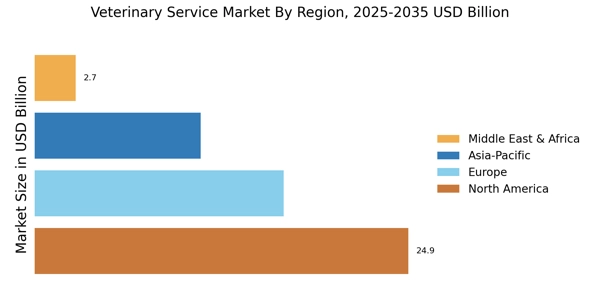
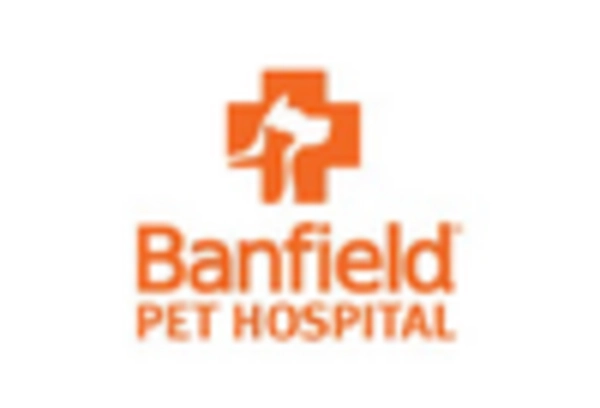
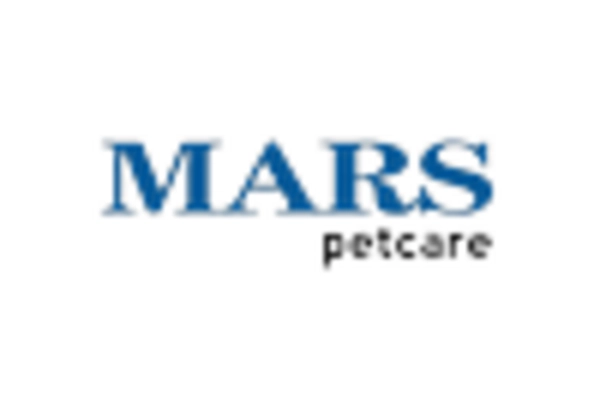
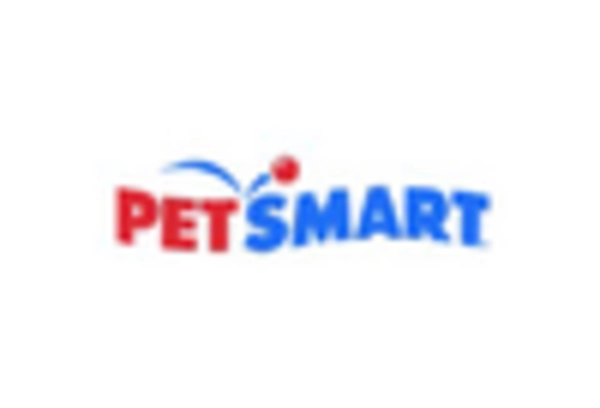
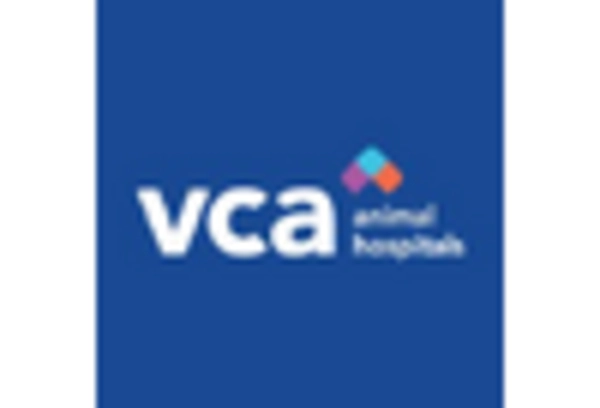
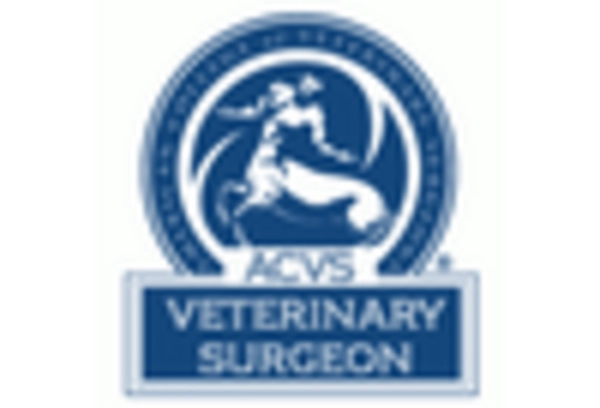
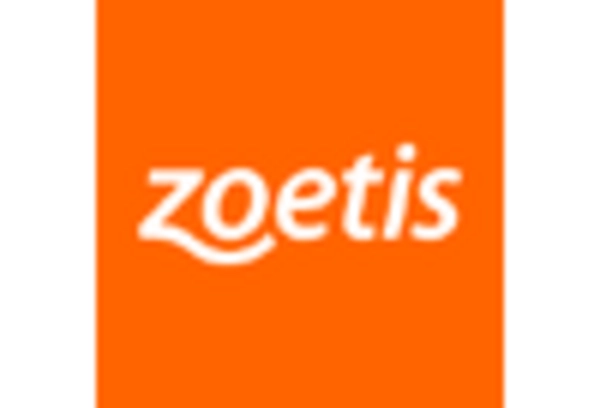








Leave a Comment